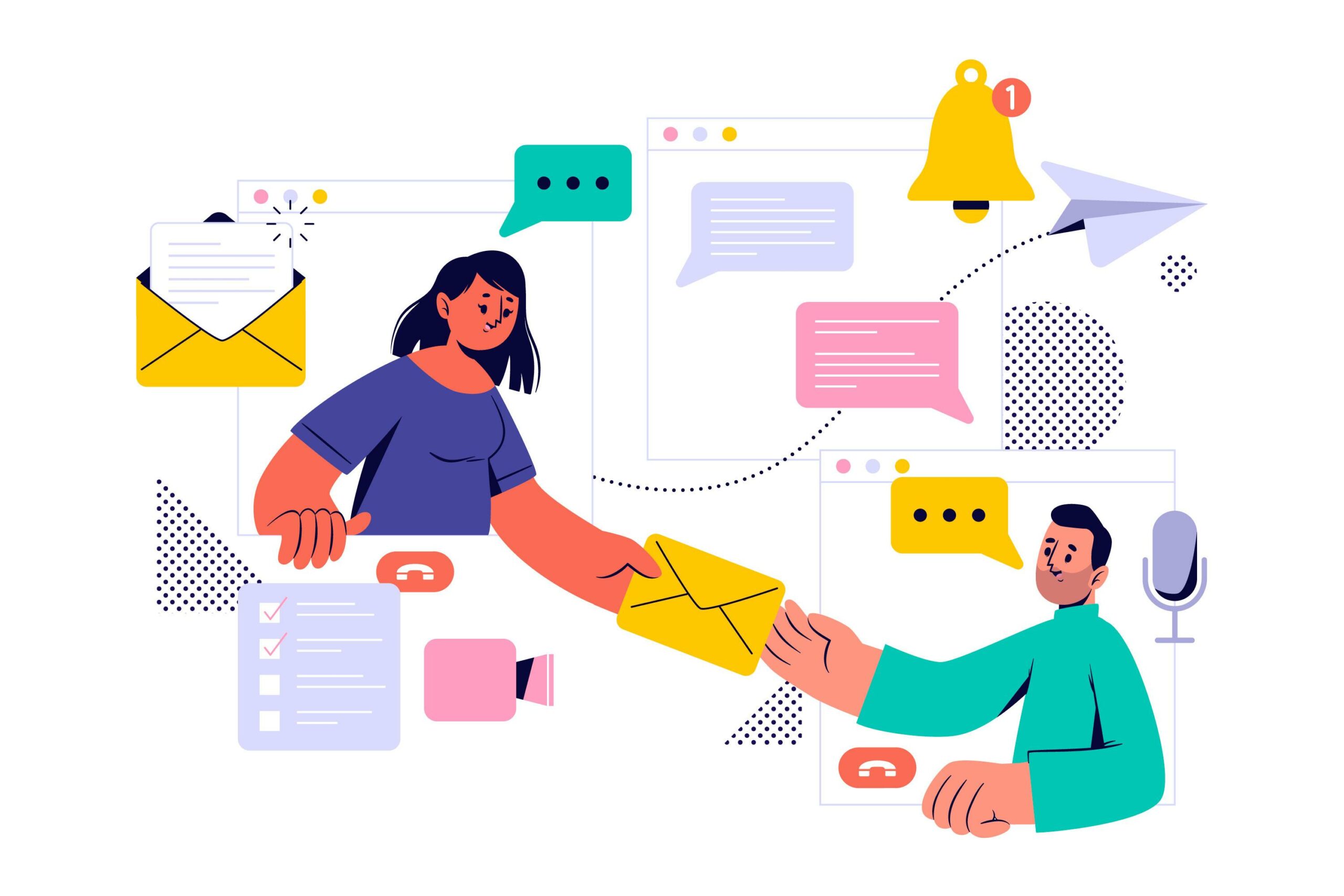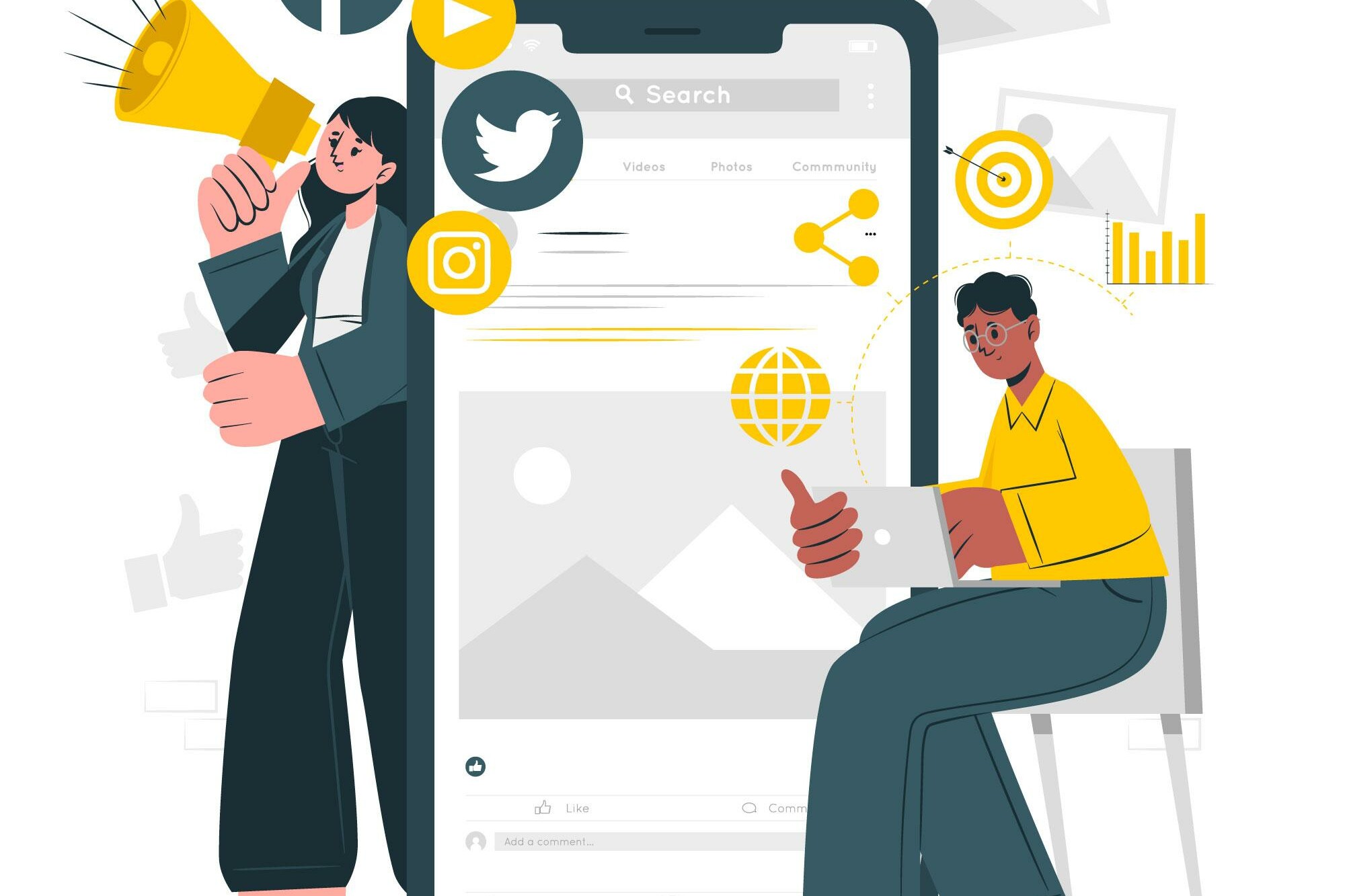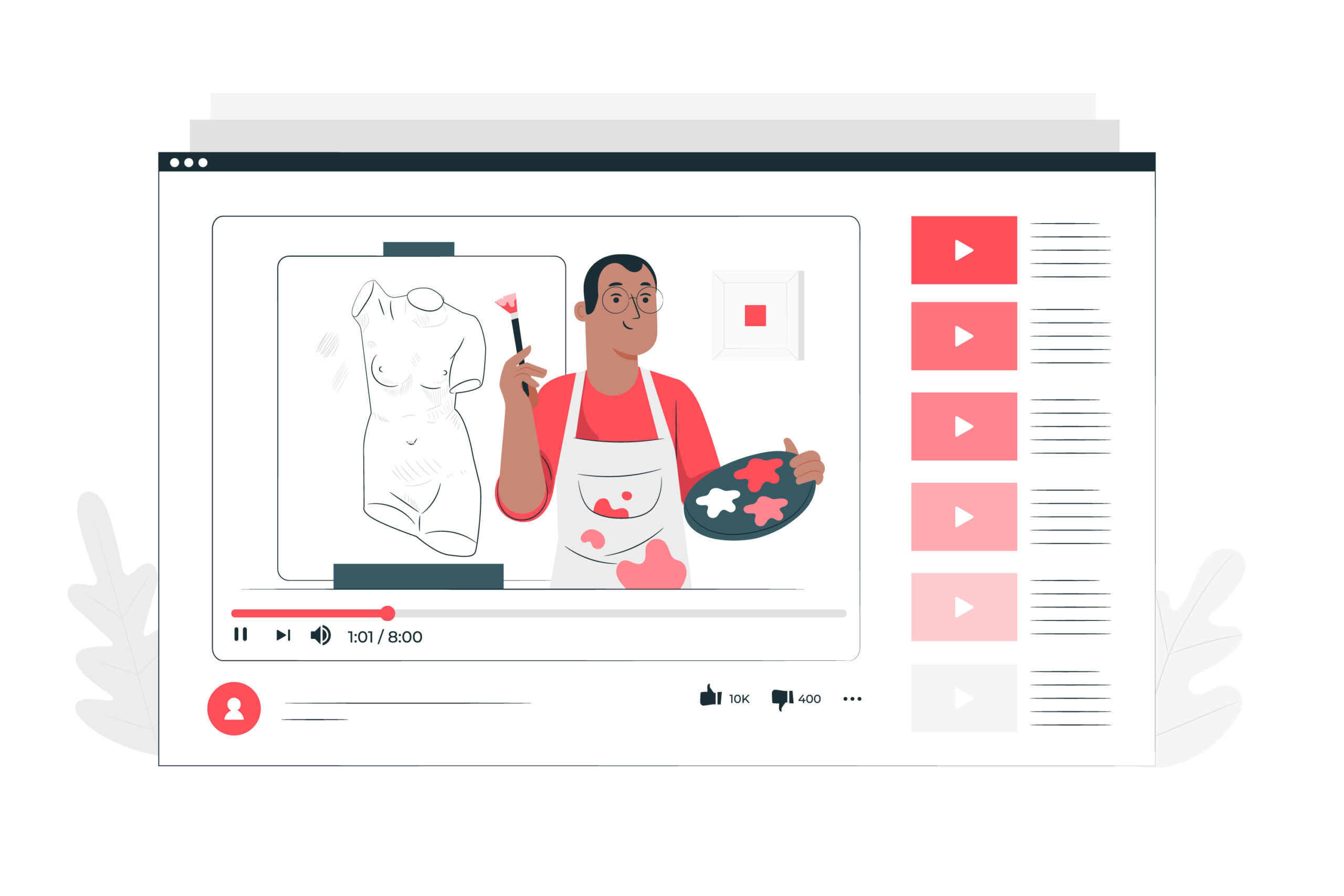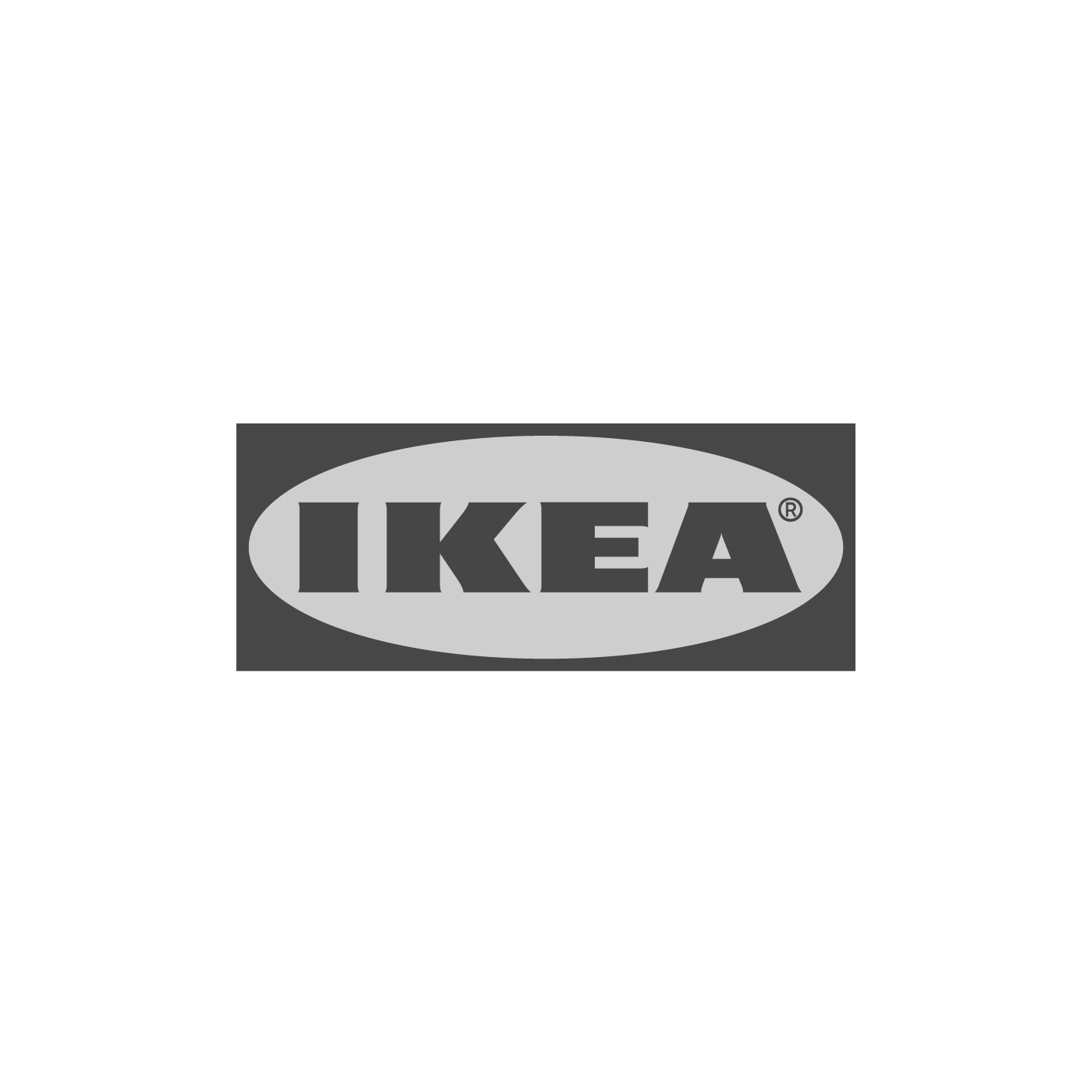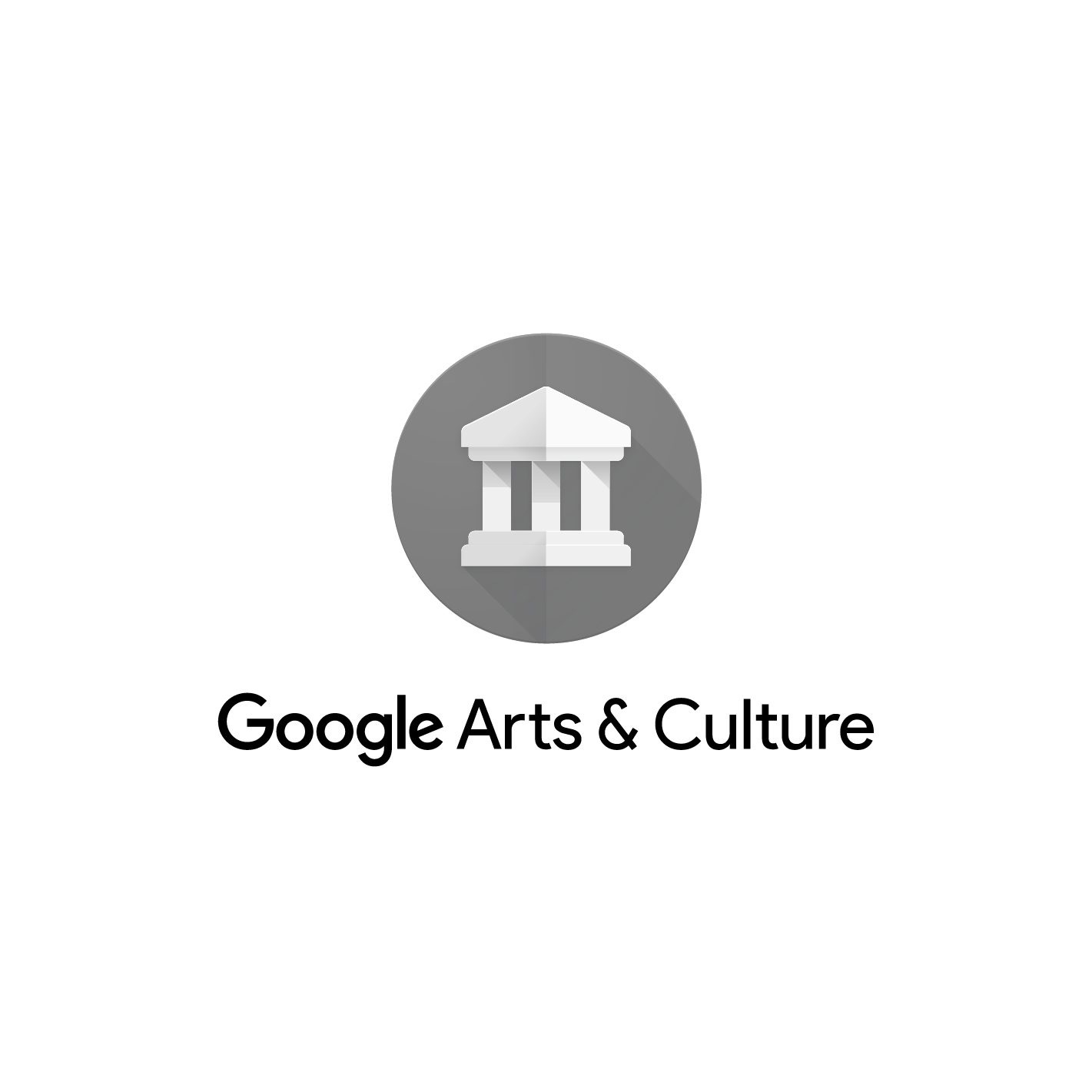17
Since 2017 we’ve been working with amazing brands to design marketing experiences
Branding Design
We specialize in brand design, develop online and offline marketing assets from logo to brand guideline. Our marketing design solutions are used by the renowned brands including Google, AWS, Twitter, and Samsung.
Generative A.I.
Meets Pulse - our data-driven insight discovery model, adds science into creativity. Pulse is developed with a mission to integrate Generative A.I. into creative process. Our AI-enabled data analytics is capable to identify missing opportunity for brands.
Experiential Marketing
We offer a multitude of benefits for brands and businesses such as Google, AWS, and Twitter. We won the best experiential marketing awards for Google and AWS for their flagship marketing events.
Our Practice
We like best practice. It's about crafting content that is not just informative, but captivating; that entertains while it educates, that inspires while it engages.
December 1, 2023
How to use QR in Marketing
QR codes, or Quick Response codes, are two-dimensional barcodes that can be scanned by smartphones to access information or take action. It has become…
December 4, 2023
How to measure marketing performance
A measurement framework is a structured system for assessing the effectiveness of a program, initiative, or intervention. It helps to ensure that the right…
December 5, 2023
How to do email marketing correctly
Email marketing is permission-based marketing. It is a marketing strategy that involves sending emails only to people who have explicitly agreed to receive…
December 6, 2023
Display Ads Spec
The IAB Display Ads Guidelines are a set of recommendations developed by the Interactive Advertising Bureau (IAB) to ensure that display ads are high-quality,…
December 7, 2023
Facebook Ads Spec
Facebook in-stream video ads are a type of video ad that appears before, during, or after other videos on Facebook. These ads can be up to 10 minutes long and…
December 8, 2023
YouTube Ads Spec
Video advertising has become a powerful tool for businesses of all sizes to reach their target audience and achieve their marketing goals. However, creating…
December 9, 2023
Google Ads Spec
Google Ads is an online advertising platform that allows businesses to display their ads on Google Search, YouTube, and other websites. Businesses can bid on…
Zing Newsletter
Our curated collection of digital newsletters brings you the hottest marketing and design trends straight from the industry's brightest minds.
Nothing found.




